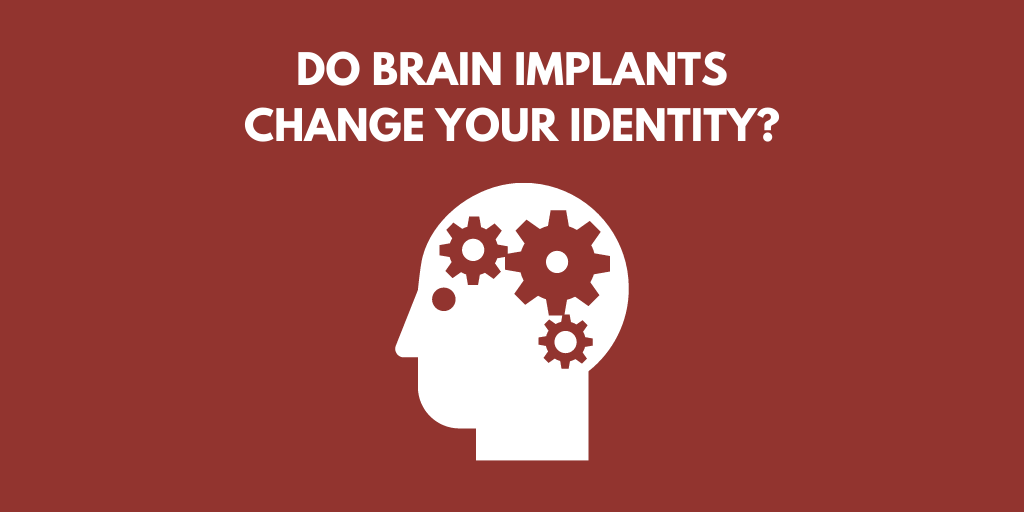News
3D printing bone tissue
Jun 28 2022
Do brain implants change your identity? This was a question investigated and the title of a recent feature article by The New Yorker, which featured ACES Associate Investigator Dr Frederic Gilbert from our University of Tasmania (UTAS) node.

The article, written by The New Yorker journalist Christine Kenneally, looks at studies that have shown people with neural devices can experience shifts in identity. It follows the journey of Rita Leggett, who underwent neurosurgery at the Royal Melbourne Hospital in 2010 as part of a trial by a company called NeuroVista, which involved ACES Chief Investigator Prof Mark Cook from the Synthetic BioSystems group.
Leggett’s procedure involved placing an experimental device inside her skull to help her deal with epilepsy. However, just three years later she had the device removed, after NeuroVista ran out of funding. This is where Dr Gilbert becomes a subject of the article.
Dr Gilbert’s work consists of gathering a unique body of evidence related to the phenomenology of being implanted with neural devices. They had contacted Leggett – as well other patients from NeuroVista trial – to discuss their subjective experience with the technology. Findings of this study were published in an article entitled “Embodiment and Estrangement: Results from a First-in-Human ‘Intelligent BCI Trial”, which was part of a collaborative ACES study between the Ethics, Policy and Public Engagement (EPPE) and Synthetic BioSystems (SBS) teams, and was later featured in Nature in 2019. The New Yorker piece also goes into Dr Gilbert’s background and how he came to interview patients such as Leggett for his research, which focuses on bioethics.
“I received an email from an editor at The New Yorker, telling me he’s followed my work on the ethics and potential psychological consequences of brain-computer interface devices with interest, and he was reaching out because he was struck by the story of “’Patient 6’ as articulated both in our study and in the Nature piece,” said Dr Gilbert.
“A few months later, they flew Christine down to Hobart. She spent three days down here, during which we had several conversations, from potential postoperative self-estrangement effects to anecdotal sketchy episodes of my life.
“Fundamentally, this article is a testimony that ethics is a crucial tool to convey the voices of vulnerable and brave patients who are at the forefront of risky innovative medical technologies, experiencing the indelible tragedies and loss of therapeutic benefits by being the first humans putting their body on the neurosurgery line.”
Dr Gilbert is ACES Associate Investigator and Senior Lecturer at UTAS in Ethics Philosophy & Gender Studies within the School of Humanities.
Read the full New Yorker article here.













